Visiting Cabuya Costa Rica
Cabuya Costa Rica is a quaint tiny beach town close to Cabo Blanco Absolute Natural Reserve as part of the Guanacaste province. Some describe it as what this country’s rural beach communities must have looked like before the tourist boom of the 1990’s. this brings with it a less developed tourist infrastructure and a more authentic Costa Rica vacation. The nearby beaches of Mal Pais, Montezuma and Santa Teresa offer great surfing opportunities while Cabuya can bring you some real peace and quiet.
Highlights
The Rural Beach town of Cabuya, Costa Rica
 There’s a dusty rural road that takes you to this beach enclave on the most southern corner of the Nicoya Peninsula. The scenic rural road leads directly to the ocean shores of Cabuya Costa Rica. The road also travels through grazing fields and colorful Costa Rican homes speckled through the landscape. It’s a gorgeous drive that gives you a peek of Costa Rican rural life!
There’s a dusty rural road that takes you to this beach enclave on the most southern corner of the Nicoya Peninsula. The scenic rural road leads directly to the ocean shores of Cabuya Costa Rica. The road also travels through grazing fields and colorful Costa Rican homes speckled through the landscape. It’s a gorgeous drive that gives you a peek of Costa Rican rural life!
Cabo Blanco Natural Reserve
 The Cabo Blanco Absolute Natural Reserve is Costa Rica’s first nature reserve and a sanctuary for many different bird species. It features a coastal ecosystem made of riparian jungles that transition into tropical dry forests. The hiking trail ends in a white pebbled beach home to an incredible amount of brown pelicans (Pelecanus occidentalis) and ocean beauty. During your hike you can sport a variety of wildlife that inhabit both the tropical rainforest as the tropical dry forest. Prepare to see birds, monkeys like the howlers monkey and the capuchin monkeys, iguanas, and more.
The Cabo Blanco Absolute Natural Reserve is Costa Rica’s first nature reserve and a sanctuary for many different bird species. It features a coastal ecosystem made of riparian jungles that transition into tropical dry forests. The hiking trail ends in a white pebbled beach home to an incredible amount of brown pelicans (Pelecanus occidentalis) and ocean beauty. During your hike you can sport a variety of wildlife that inhabit both the tropical rainforest as the tropical dry forest. Prepare to see birds, monkeys like the howlers monkey and the capuchin monkeys, iguanas, and more.
Montezuma, Mal Pais and Santa Teresa
![montezuma sunset waves]() Montezuma Beach is a small laid-back beach at the base of an ocean cliff covered in tropical forest vegetation. The Montezuma beach hotels are close to beautiful sands, plunging waterfalls and jungle trails. Santa Teresa Beach and Mal Pais are well-known for their amazing surf. These two beach towns have melded into one long stretch of road with hotels and restaurants alongside the ocean.
Montezuma Beach is a small laid-back beach at the base of an ocean cliff covered in tropical forest vegetation. The Montezuma beach hotels are close to beautiful sands, plunging waterfalls and jungle trails. Santa Teresa Beach and Mal Pais are well-known for their amazing surf. These two beach towns have melded into one long stretch of road with hotels and restaurants alongside the ocean.
The quaint Cabuya Island Cemetery
 The low tide at Cabuya reveals a natural pathway of reefs that connect the beach with an island in the ocean. It takes about ten minutes to walk over the flat reef from the Cabuya shore to the island cemetery. During local funerals, there is a procession that walks across the sand bar during low tide to carry the deceased loved ones to the island cemetery.
The low tide at Cabuya reveals a natural pathway of reefs that connect the beach with an island in the ocean. It takes about ten minutes to walk over the flat reef from the Cabuya shore to the island cemetery. During local funerals, there is a procession that walks across the sand bar during low tide to carry the deceased loved ones to the island cemetery.
Cabuya’s Giant Shortleaf Fig Tree
 The Shortleaf Fig tree (Ficus centifolia) has inhabited the town of Cabuya for centuries. The Shortleaf Fig is a keystone species, which means its contribution to the environment is out of proportion to the small remaining number of trees left in the ecosystem. This famous tree is between 40 meters (130 ft) and 80 meters tall (260 ft). In fact, it won the Costa Rica’s Exceptional Tree Award of 2007 as recognition for its important role in its environment!
The Shortleaf Fig tree (Ficus centifolia) has inhabited the town of Cabuya for centuries. The Shortleaf Fig is a keystone species, which means its contribution to the environment is out of proportion to the small remaining number of trees left in the ecosystem. This famous tree is between 40 meters (130 ft) and 80 meters tall (260 ft). In fact, it won the Costa Rica’s Exceptional Tree Award of 2007 as recognition for its important role in its environment!
The life of a Shortleaf Fig tree begins as an epiphyte. This is a plant that latches on to another plant only for support as it gathers nutrients from the air and water. As the fig epiphyte grows, its aerial root system settles into the nutrient-rich ground where it finds the energy to grapple onto another nearby tree. Eventually, the fig will kill its host, draining it of its resources. Fig trees are hollow in the middle because they kill off the host tree that originally occupied that space.
The hollow center of Cabuya’s Shortleaf Fig tree is home to a healthy colony of bats. This is because its offshoots are favorite hangouts for a pack of 10 Mantled Howler Monkeys (Alouatta palliata). Several black iguanas (Ctenosaura similar) also live among its warm branches.
Curu Wildlife Refuge
 Curu Wildlife Refuge is a project that integrates sustainable farming and forest cover protection with the regeneration of ecozones along a coastal front. The Refuge is part of the Tempisque Conservation Area. It consists of tropical dry forests and is located near Tambor.
Curu Wildlife Refuge is a project that integrates sustainable farming and forest cover protection with the regeneration of ecozones along a coastal front. The Refuge is part of the Tempisque Conservation Area. It consists of tropical dry forests and is located near Tambor.
Tortuga Island
 Tortuga Island is a favored destination for catamaran cruises and a unique snorkeling spot destination. Other than snorkeling you can also hike and even take a canopy tour complete with a zip line.
Tortuga Island is a favored destination for catamaran cruises and a unique snorkeling spot destination. Other than snorkeling you can also hike and even take a canopy tour complete with a zip line.
There are many things to do around Cabuya Costa Rica, but the best activities involve relaxing! Enjoy all of Costa Rica’s fabulous beaches.
Tips
Visit between December and March: This is the Costa Rica dry season and your best chance for amazing weather. Bring sunblock!
Stay at nearby beaches: The beaches of Montezuma, Mal Pais and Santa Teresa have a lot to offer in terms of activities, hotels and restaurants. Cabuya is the perfect quiet getaway.
Explore the Peninsula de Nicoya: Nicoya has far more to offer like the beaches of Nosara and Samara as well as several stunning national parks as part of the Tempisque Conservation area. How about renting a car and exploring them all? Places like Palo Verde are great for bird watching and Bara Honda can introduce you to Costa Rica’s stunning caves.
Dining
 Cabuya really is a great place to settle down with a picnic, but if you favor a classier dining experience, you have plenty of options on the nearby beaches. For vegan and gluten free friendly options in Maplais, visit Product C for an amazing dining experience. Try the traditional Costa Rican food in Montezuma and pay a visit to Soda Tipica las Palmeras. Stop by in the morning for gallo pinto or try the traditional Casado for lunch! For great Mexican food at Santa Teresa, go to the beachfront restaurant Habaneros.
Cabuya really is a great place to settle down with a picnic, but if you favor a classier dining experience, you have plenty of options on the nearby beaches. For vegan and gluten free friendly options in Maplais, visit Product C for an amazing dining experience. Try the traditional Costa Rican food in Montezuma and pay a visit to Soda Tipica las Palmeras. Stop by in the morning for gallo pinto or try the traditional Casado for lunch! For great Mexican food at Santa Teresa, go to the beachfront restaurant Habaneros.

 There’s a dusty rural road that takes you to this beach enclave on the most southern corner of the
There’s a dusty rural road that takes you to this beach enclave on the most southern corner of the 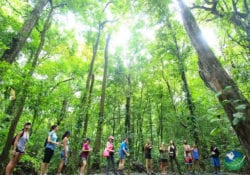 The
The 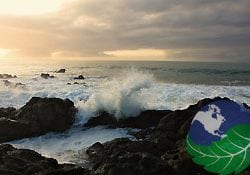 Montezuma Beach
Montezuma Beach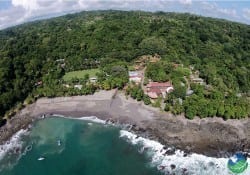 The low tide at Cabuya reveals a natural pathway of reefs that connect the beach with an island in the ocean. It takes about ten minutes to walk over the flat reef from the Cabuya shore to the island cemetery. During local funerals, there is a procession that walks across the sand bar during low tide to carry the deceased loved ones to the island cemetery.
The low tide at Cabuya reveals a natural pathway of reefs that connect the beach with an island in the ocean. It takes about ten minutes to walk over the flat reef from the Cabuya shore to the island cemetery. During local funerals, there is a procession that walks across the sand bar during low tide to carry the deceased loved ones to the island cemetery.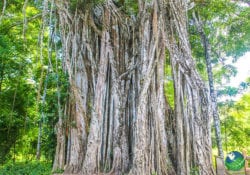 The Shortleaf Fig tree (Ficus centifolia) has inhabited the town of Cabuya for centuries. The Shortleaf Fig is a keystone species, which means its contribution to the environment is out of proportion to the small remaining number of trees left in the ecosystem. This famous tree is between 40 meters (130 ft) and 80 meters tall (260 ft). In fact, it won the Costa Rica’s Exceptional Tree Award of 2007 as recognition for its important role in its environment!
The Shortleaf Fig tree (Ficus centifolia) has inhabited the town of Cabuya for centuries. The Shortleaf Fig is a keystone species, which means its contribution to the environment is out of proportion to the small remaining number of trees left in the ecosystem. This famous tree is between 40 meters (130 ft) and 80 meters tall (260 ft). In fact, it won the Costa Rica’s Exceptional Tree Award of 2007 as recognition for its important role in its environment!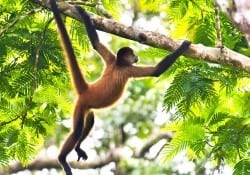 Curu Wildlife Refuge is a project that integrates sustainable farming and forest cover protection with the regeneration of ecozones along a coastal front. The Refuge is part of the Tempisque Conservation Area. It consists of tropical dry forests and is located near Tambor.
Curu Wildlife Refuge is a project that integrates sustainable farming and forest cover protection with the regeneration of ecozones along a coastal front. The Refuge is part of the Tempisque Conservation Area. It consists of tropical dry forests and is located near Tambor.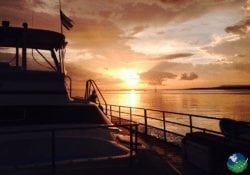
 Getting to Cabuya can be tricky. But we are here to make it easy for you! You can take a private or public shuttle, rent a car or fly with Tumbor Air from Airport SJO. Note that the nearby beaches also offer daily bus services to the Cabo Blanco and so you can also use them to reach Cabuya beach!
Getting to Cabuya can be tricky. But we are here to make it easy for you! You can take a private or public shuttle, rent a car or fly with Tumbor Air from Airport SJO. Note that the nearby beaches also offer daily bus services to the Cabo Blanco and so you can also use them to reach Cabuya beach!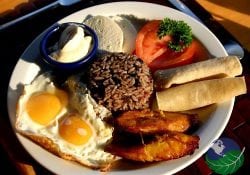 Cabuya really is a great place to settle down with a picnic, but if you favor a classier dining experience, you have plenty of options on the nearby beaches. For vegan and gluten free friendly options in Maplais, visit Product C for an amazing dining experience. Try the traditional Costa Rican food in Montezuma and pay a visit to Soda Tipica las Palmeras. Stop by in the morning for
Cabuya really is a great place to settle down with a picnic, but if you favor a classier dining experience, you have plenty of options on the nearby beaches. For vegan and gluten free friendly options in Maplais, visit Product C for an amazing dining experience. Try the traditional Costa Rican food in Montezuma and pay a visit to Soda Tipica las Palmeras. Stop by in the morning for Nearby beaches like Santa Terasa offer unforgettable hotel experiences. The
Nearby beaches like Santa Terasa offer unforgettable hotel experiences. The 
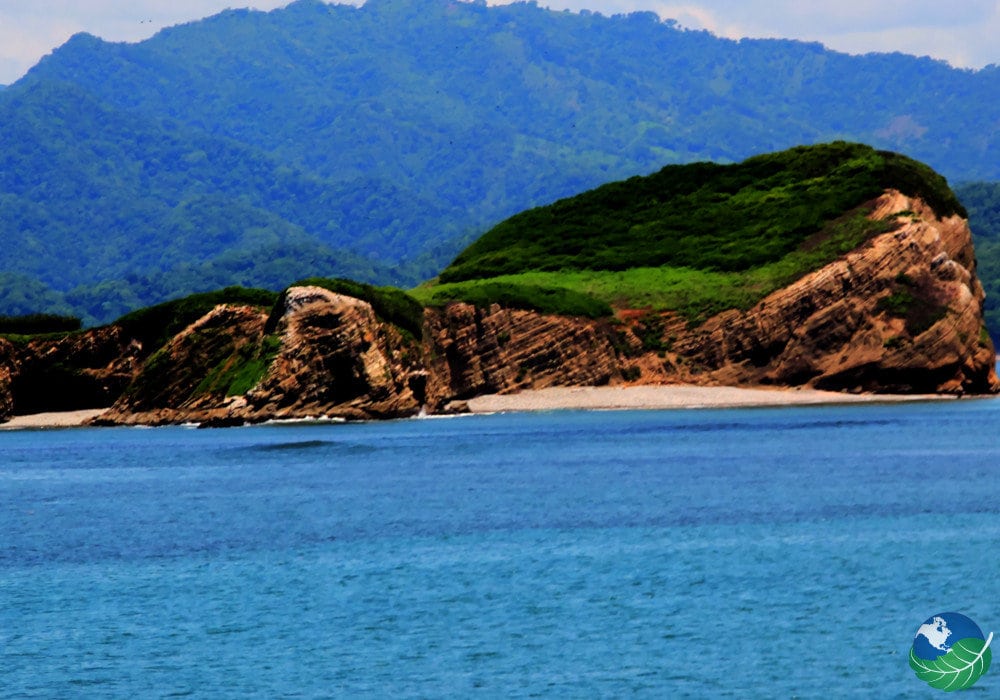
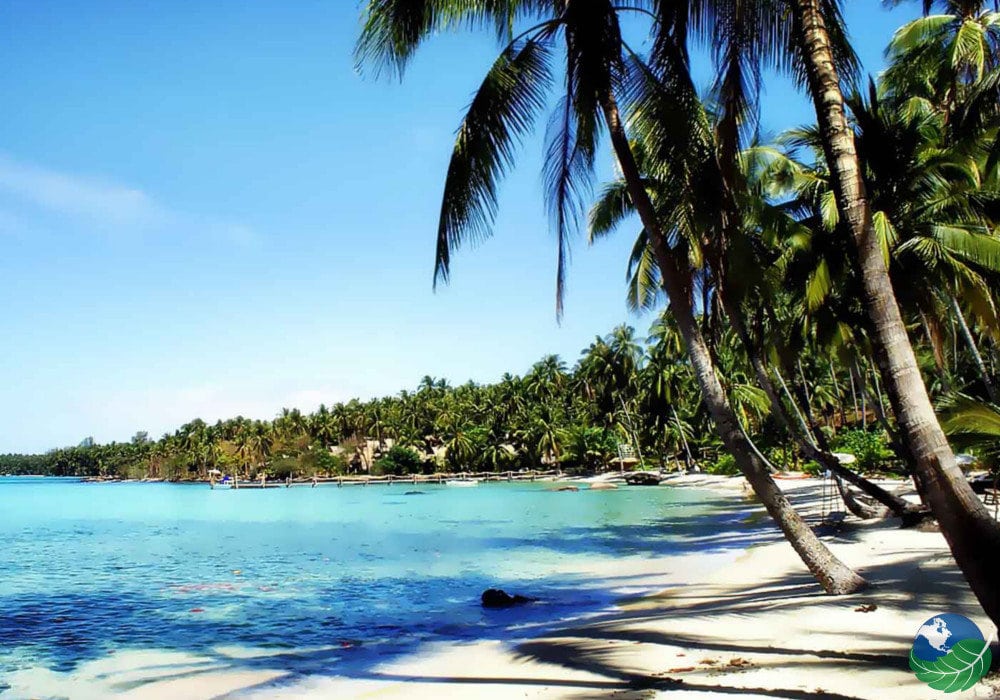
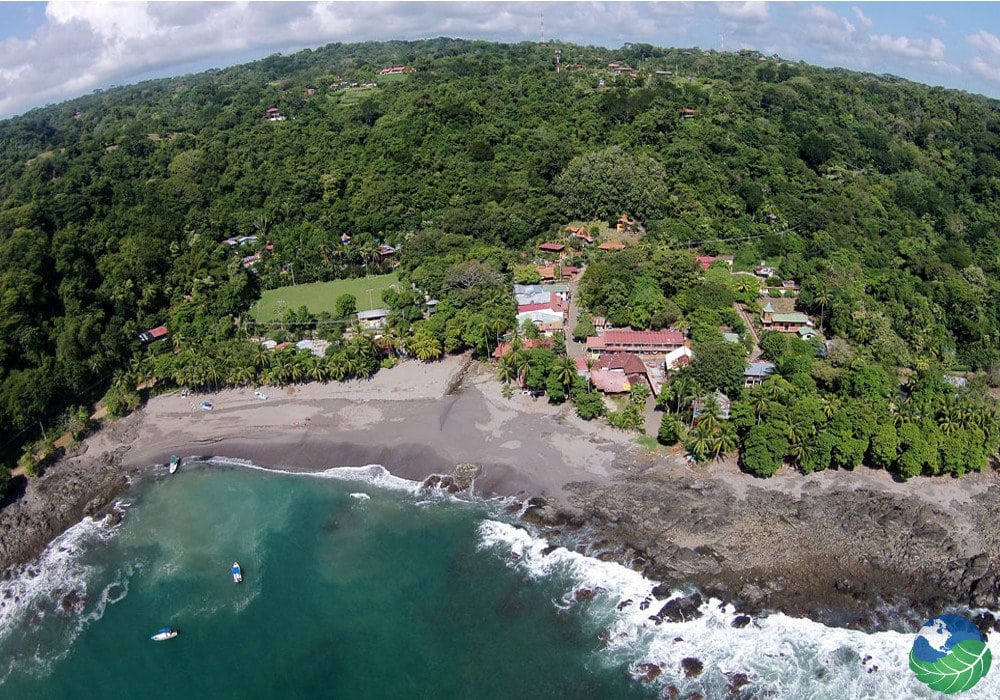
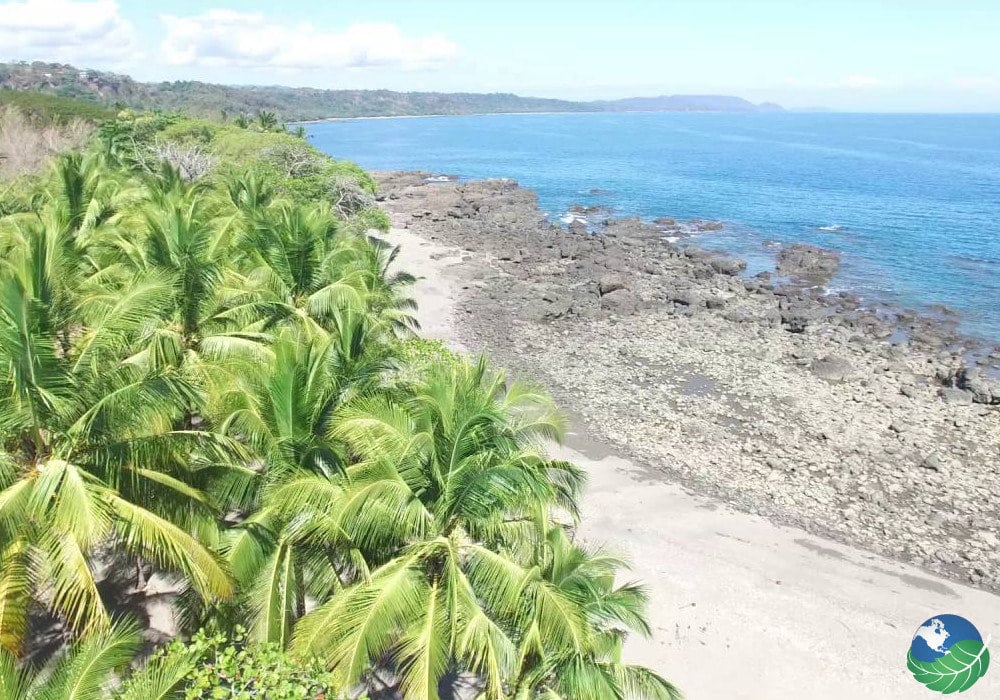
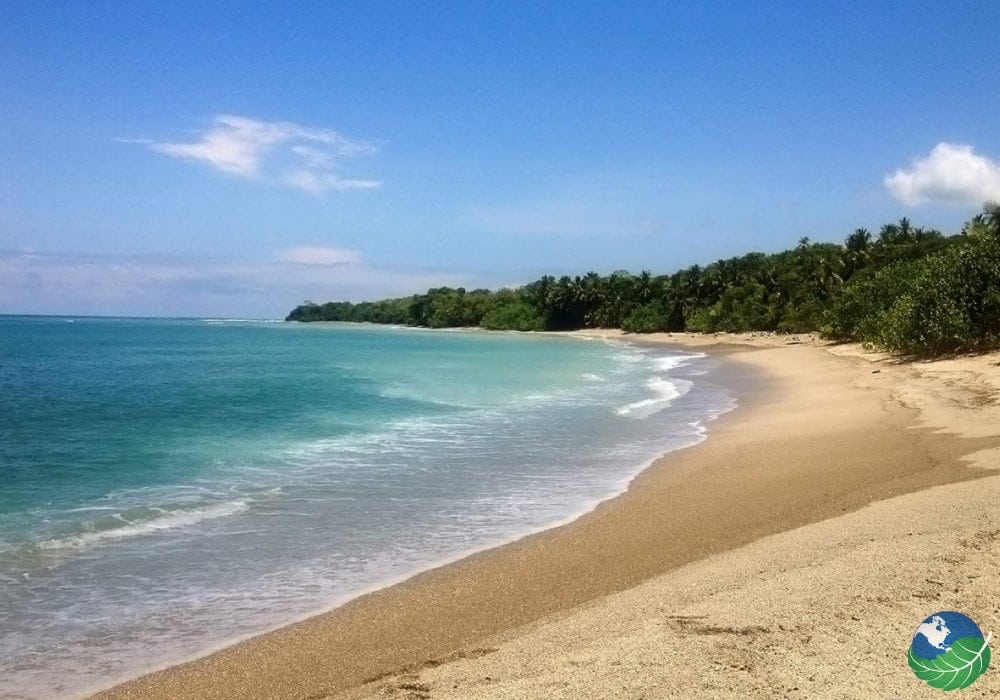


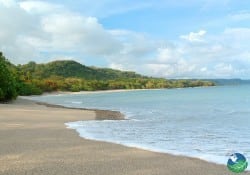
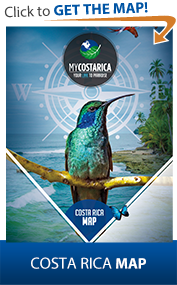


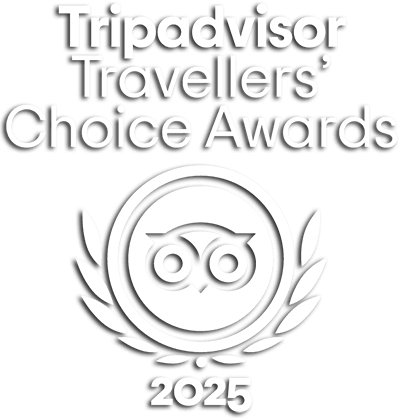




Follow Us